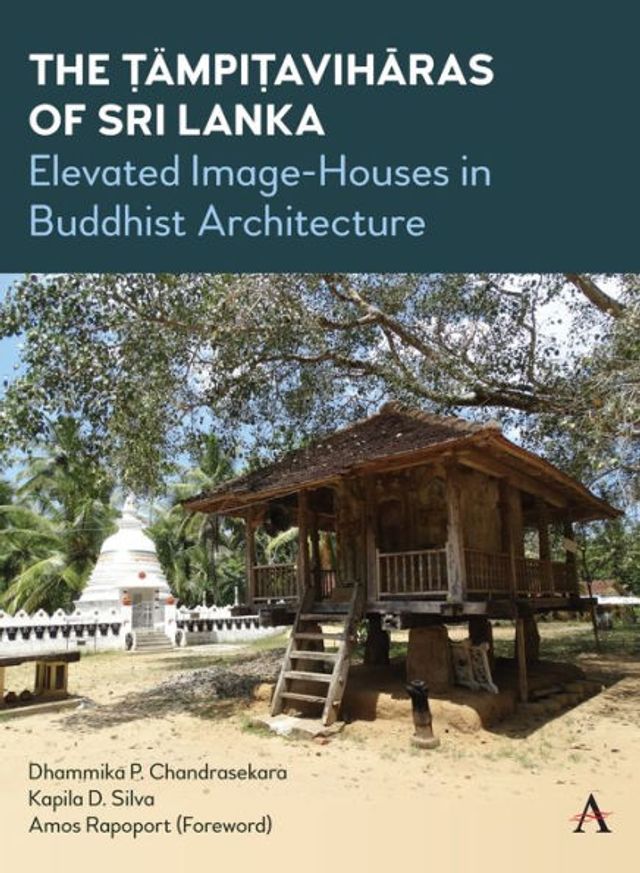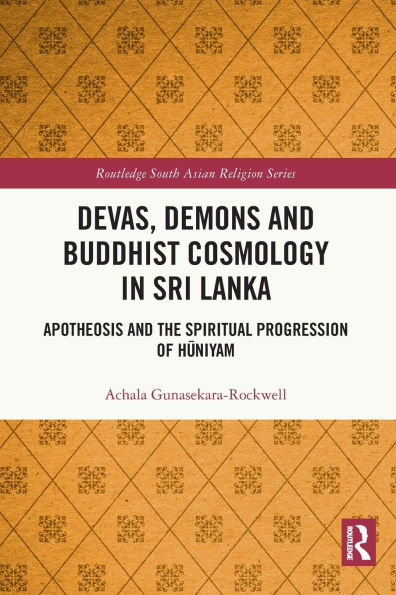Home
The Tampiaviharas of Sri Lanka: Elevated Image-Houses in Buddhist Architecture
Loading Inventory...
Barnes and Noble
The Tampiaviharas of Sri Lanka: Elevated Image-Houses in Buddhist Architecture
Current price: $125.00


Barnes and Noble
The Tampiaviharas of Sri Lanka: Elevated Image-Houses in Buddhist Architecture
Current price: $125.00
Loading Inventory...
Size: OS
*Product Information may vary - to confirm product availability, pricing, and additional information please contact Barnes and Noble
The Ṭämpiṭavihāras of Sri Lanka
focuses on one distinctive Buddhist architectural practice from pre-modern Sri Lanka – the construction of Buddha image-houses on elevated wooden platforms supported by stone pillars. As a centre of Buddhism, Sri Lanka has a rich tradition of erecting Buddha image-houses, the origin of which dates to the fifth century. Yet, the
ṭämpiṭavihāra
tradition only existed from the thirteenth to the nineteenth centuries. The
is an exceptional type of image-house, not only for its specific timeframe and unique construction technology, but also for its complex architectural conception of the Buddhist worldview and soteriology. This book examines the significant aspects of
architecture and documents some of the distinctive examples of
with an analysis of their architectural design and symbolic content.
focuses on one distinctive Buddhist architectural practice from pre-modern Sri Lanka – the construction of Buddha image-houses on elevated wooden platforms supported by stone pillars. As a centre of Buddhism, Sri Lanka has a rich tradition of erecting Buddha image-houses, the origin of which dates to the fifth century. Yet, the
ṭämpiṭavihāra
tradition only existed from the thirteenth to the nineteenth centuries. The
is an exceptional type of image-house, not only for its specific timeframe and unique construction technology, but also for its complex architectural conception of the Buddhist worldview and soteriology. This book examines the significant aspects of
architecture and documents some of the distinctive examples of
with an analysis of their architectural design and symbolic content.

















